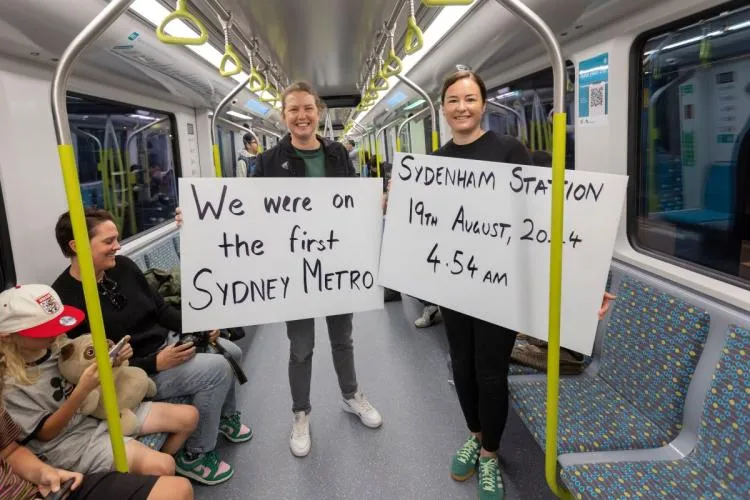Developed by the UK’s Transport Research Laboratory, the SCOOT (Split Cycle Offset Optimisation Technique) system coordinates the operation of the traffic signals in and around the corridor to help vehicles move more efficiently.
SCOOT works in real-time to reduce delays and adapt to changing traffic volumes, such as congestion caused by nearby sport or concert events. The system detects cars in each lane at every intersection. It determines traffic levels, predicts the flow of traffic and adjusts the amount of time available to each movement through the intersection. The result is more effective and responsive signal operations. SCOOT provides significant benefits:
• Quicker, more reliable travel times through the network
• Enhanced transit operations
• Reduced overall emissions and fuel consumption
• Effective management of traffic fluctuations due to special events
To assess the how well SCOOT is working, vehicle data is being collected daily and compared to historical averages. Reporting periods include the three-hour morning and evening peak travel times in both the eastbound and westbound directions during the five-day working week. From the data received to date, drivers travelling east during peak times are experiencing a six per cent increase in morning travel time reliability and 38 per cent in the evenings.
“This new system will adjust signal timing based on traffic in and around Mercer in real time. We know Mercer is the busiest corridor in the city,” said SDOT Director Scott Kubly. “SCOOT will help reduce the traffic backups we’ve seen along Mercer and help keep people moving.”
City of Seattle implements SCOOT adaptive traffic management
Seattle Department of Transportation (SDOT) has implemented a new adaptive traffic control system at 32 intersections along Mercer Street between 3rd Ave W and I-5, which has been one of the city’s most congested corridors for over 40 years. Developed by the UK’s Transport Research Laboratory, the SCOOT (Split Cycle Offset Optimisation Technique) system coordinates the operation of the traffic signals in and around the corridor to help vehicles move more efficiently. SCOOT works in real-time to reduce delay
May 2, 2017
Read time: 2 mins
Seattle Department of Transportation (SDOT) has implemented a new adaptive traffic control system at 32 intersections along Mercer Street between 3rd Ave W and I-5, which has been one of the city’s most congested corridors for over 40 years.










